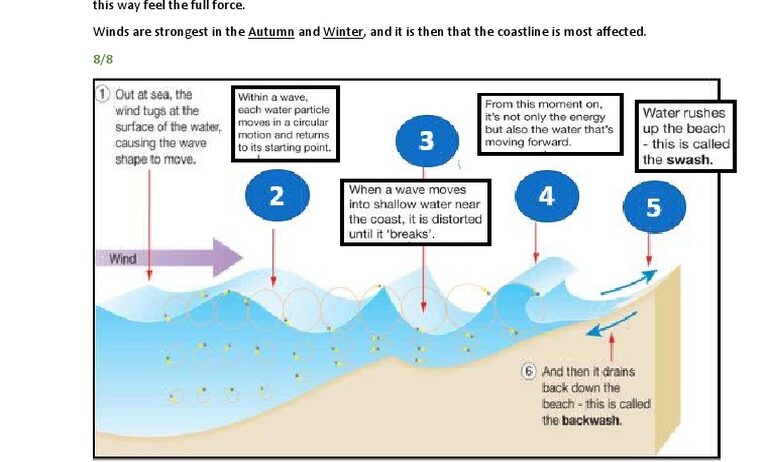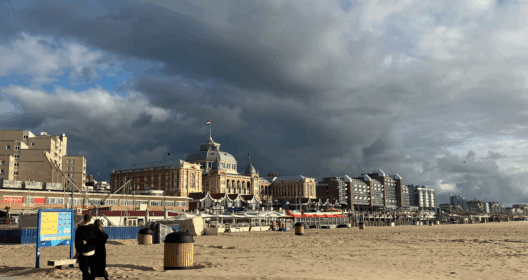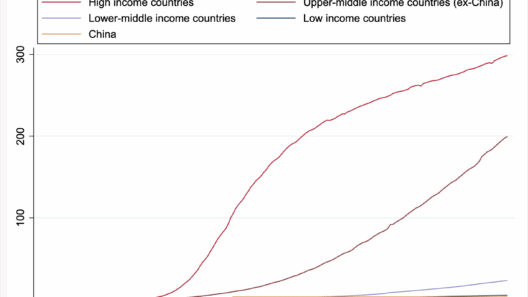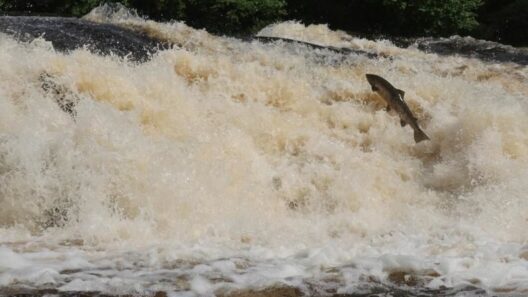Global warming stands as a colossal titan in the narrative of climate change, casting its shadow over various ecosystems. Among the most vulnerable of these ecosystems are coastal regions. These areas, often seen as the meeting point between land and sea, are not just picturesque views; they are dynamic environments that grapple with the relentless forces of nature. Coastal erosion, the gradual wearing away of land by waves, currents, and tides, is significantly exacerbated by the alterations brought about by climate change.
As the atmosphere warms due to increased greenhouse gas emissions, the high seas rise in a slow but inevitable dance, making the land’s edges susceptible to blurring. The interplay between global warming and coastal erosion is akin to a meticulously choreographed duet—each partner influencing the other, each movement fundamental to the unfolding narrative. It is essential to dissect the various dimensions of this relationship to truly comprehend its implications.
When examining the impact of global warming on coastal erosion, one must first consider the phenomenon of rising sea levels. As polar ice melts and seawater expands due to increased temperatures, billions of gallons of water are introduced into already overflowing oceans. This not only encroaches on the land but also enhances the wave energy, leading to more destructive impacts on coastlines. Imagine a traditional shoreline—bold cliffs juxtaposed against a serene beach. Over time, with the ocean swelling, those cliffs start to crumble, succumbing to the pervasive kiss of waves driven by storm surges and high tides.
Moreover, the patterns of storms are evolving in a rapidly changing climate. Climate models indicate that extreme weather events—hurricanes and typhoons—are likely to become more frequent and intense. When these powerful storms approach coastal regions, they bring with them a surge of water that can erode beaches and cause significant structural damage to coastal infrastructure. Each storm is like a drummer, beating a relentless tempo as waves batter the shore, chipping away at what once seemed indomitable.
In addition to rising seas and intensified storms, there exists another insidious aspect of global warming that contributes to coastal erosion: the alteration of ocean currents and waves. Warmer temperatures can disrupt the natural flow of currents, creating conditions that fragment ecosystems and aggravate coastal stability. These currents, often thought of as the invisible highways of the sea, can shift in unexpected ways, leading to unpredictable erosive forces on coastlines. The result is an ecosystem left in turmoil—sand dunes might shift dramatically, vegetation may struggle to survive, and wildlife could find themselves disoriented.
Protecting coastlines from the ravages of climate change is comparable to a fortress trying to keep out an advancing army. Traditional methods, such as the construction of seawalls and barriers, have often been deployed to safeguard vulnerable areas. However, these measures can inadvertently exacerbate the issue by reflecting wave energy back onto the coastline, enhancing erosion elsewhere. As such, a nuanced approach is required—one that incorporates both engineering strategies and environmental restoration efforts. Replenishing beaches with sand, restoring wetlands, and creating living shorelines can soften impacts while enhancing natural resilience.
Yet, even with these efforts, the stakes remain high. The consequences of unchecked coastal erosion manifest not only in environmental degradation but also in social and economic impacts. Coastal communities, often rich in cultural heritage and biodiversity, face the daunting prospect of displacement. Imagine families that have lived for generations by the sea, now faced with the stark reality of relocation. The loss of these homes is not merely a physical one but an erosion of identity and history, a disconnection from the very elements that have shaped their lives.
Looking forward, societal adaptation to rising sea levels necessitates a multifaceted strategy that balances environmental preservation with pragmatic infrastructural development. Urban planners, environmental scientists, and policy makers must collaborate to embrace innovative solutions. Investing in green infrastructure, such as restoring mangroves and wetlands, serves as both a bulwark against coastal erosion and the burgeoning climate crisis. These ecosystems naturally absorb wave energy and provide vital habitats, thus demonstrating a compelling argument for preserving nature as our ally rather than viewing it as a foe.
In conclusion, the tumultuous relationship between global warming and coastal erosion unravels a story of interconnectedness and consequence. As oceans warm, storm patterns shift, and sea levels rise, coastal regions find themselves on the frontline of climate change. This complex choreography serves as a reminder of the profound influence of anthropogenic activities on the planet’s delicate balance. It is imperative to recognize that while humans have the capacity to alter the course of nature, we also possess the responsibility to safeguard it.
Ultimately, in the face of such challenges, the call to action is clear. Governments, communities, and individuals must unite to forge a resilient future for our coastlines, recognizing them not just as resources to be exploited, but as vital ecosystems worthy of protection. The tides of change are upon us; they can either lead to erosion or a renewal of commitment to our planet. It is a choice that we must all make, for the shorelines are not merely boundaries; they are the heartbeats of our connection to the earth.








